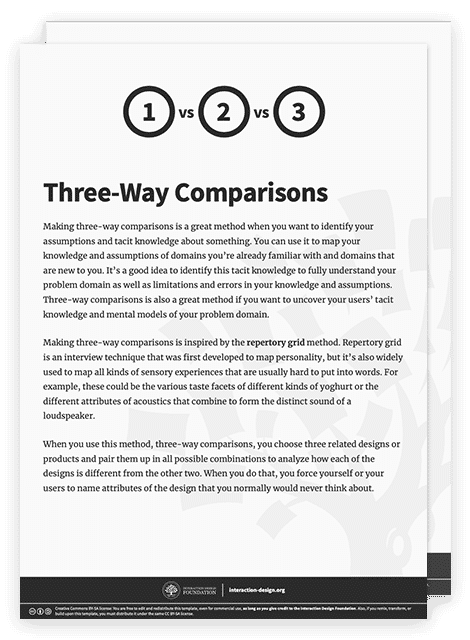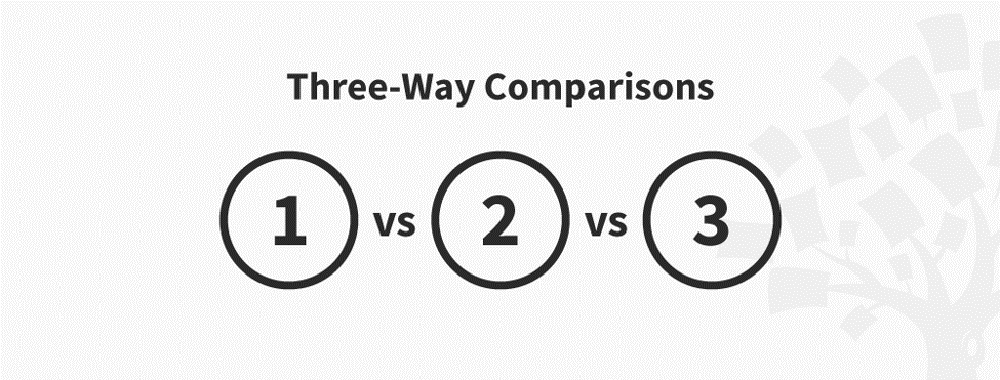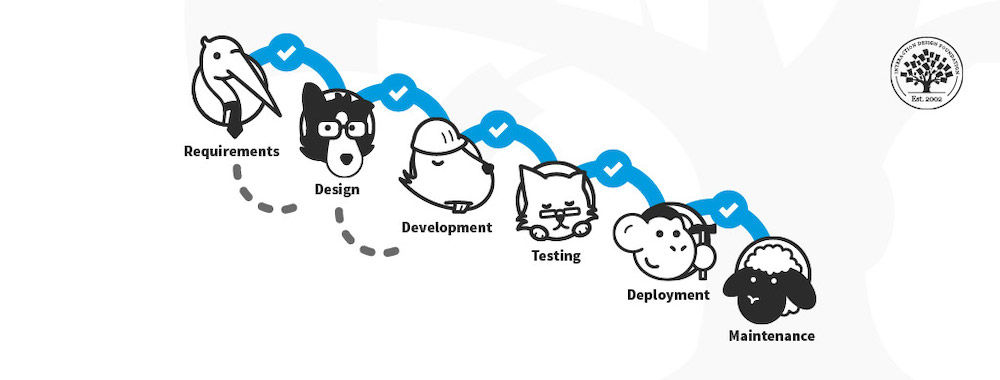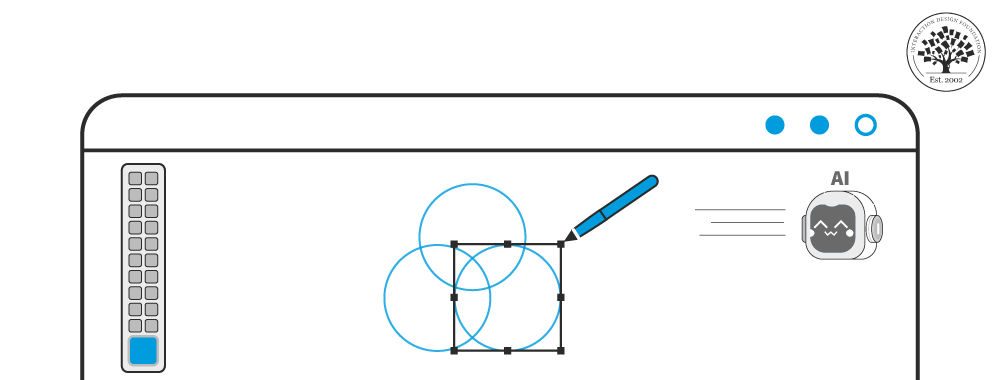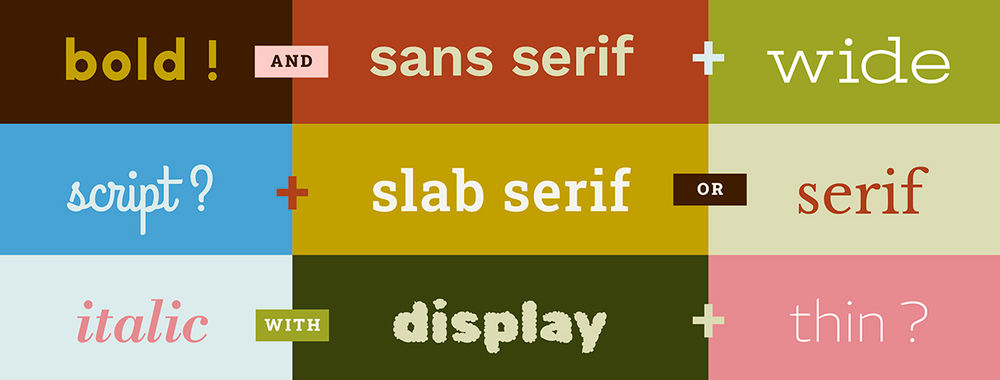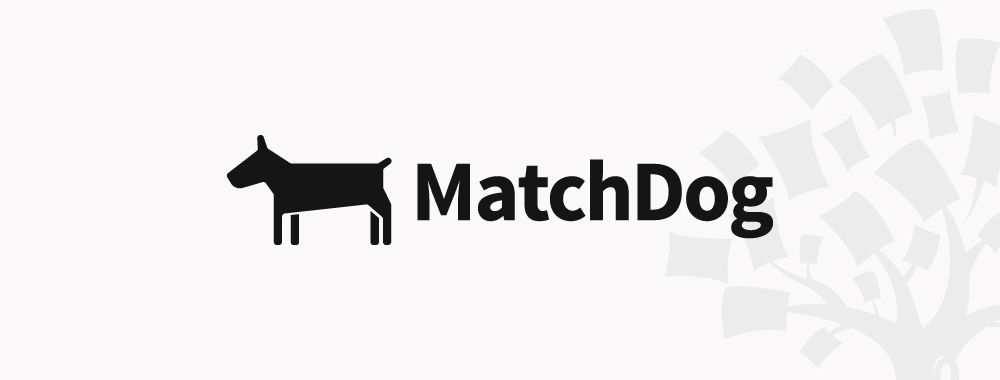Show
Hide
video transcript
- Transcript loading…
Externalization of uncovered tacit knowledge is important, but how do you make that valuable tacit knowledge explicit in a way so you can use it more effectively? Often, this is easier when we’re forced to compare things as we may be able to articulate the difference between things even if we struggle to find the words to describe the critical features of any or either on its own.
In this video, you’ll learn how to use three-way comparisons as a powerful ideation method to force yourself to think of new ways of looking at things, instead of falling back on pre-existing categories and concepts.
Download our Three-way Comparisons Template and Get Started Right Now
Download our step-by-step guide and learn how to make three-way comparisons alone or in collaboration with your users as part of your ideation process.
